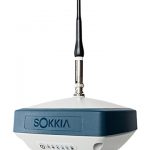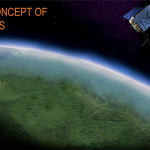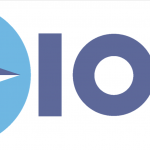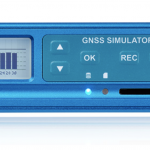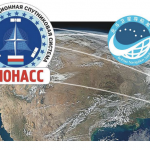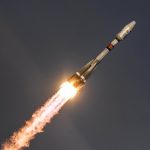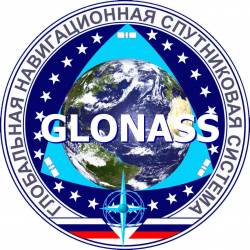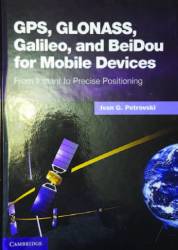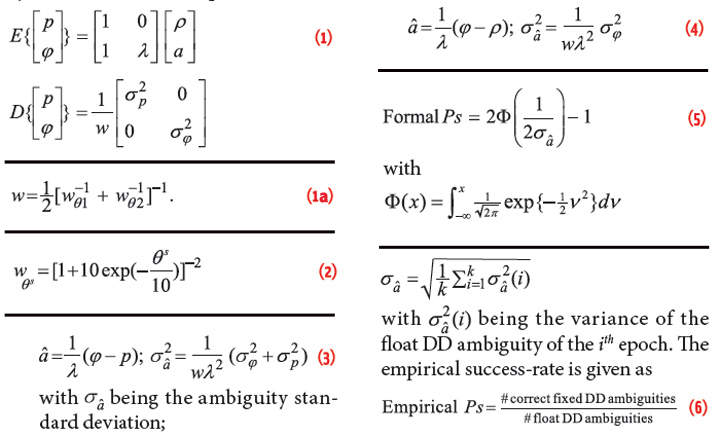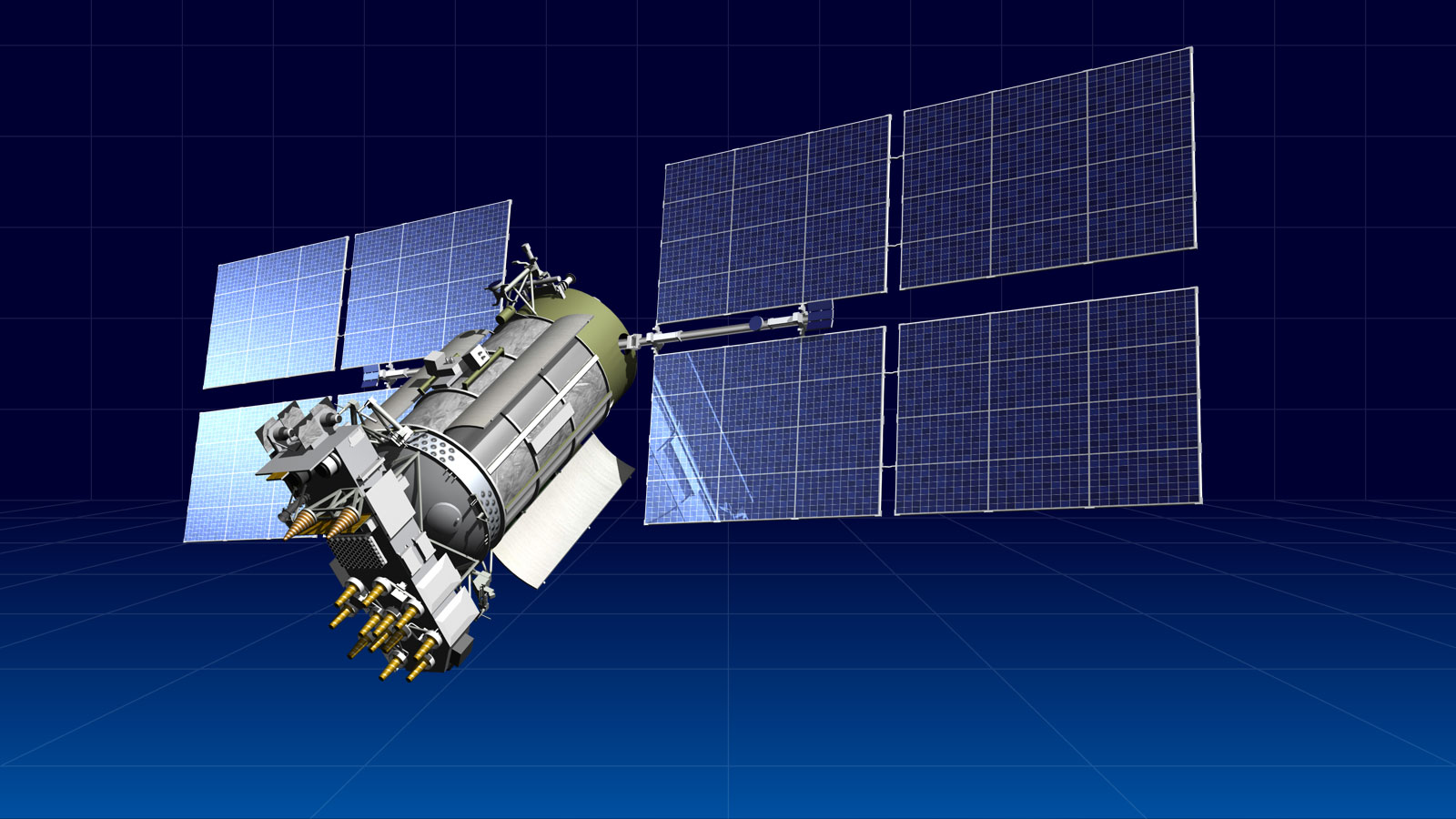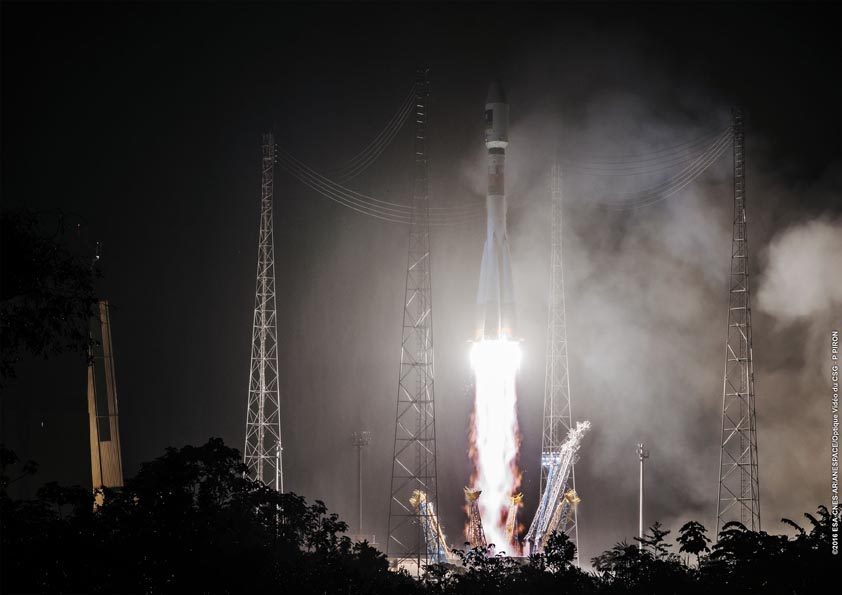Report: Russian Navy Gets New Precision Terrestrial System to Backup GPS/GLONASS
According to a news report,“Sprut-N1 [a] new-generation precision navigation radio system (RNS) has been created for the Russian Navy. It will determine geographic location, speed and altitude with a precision superior to that of GLONASS and GPS. The coordinates are determined by ground stations of the system which transmit coded signals to warships and aircraft. The main advantage against satellite navigation is that the signal of the high-tech system cannot be jammed, the Izvestia daily writes.”
By Dana A. Goward

